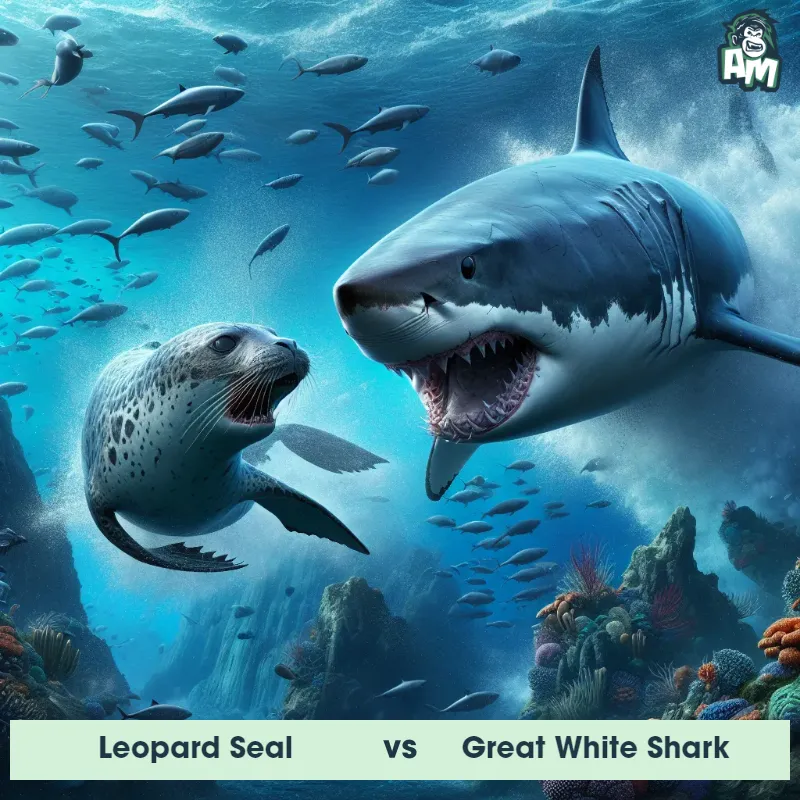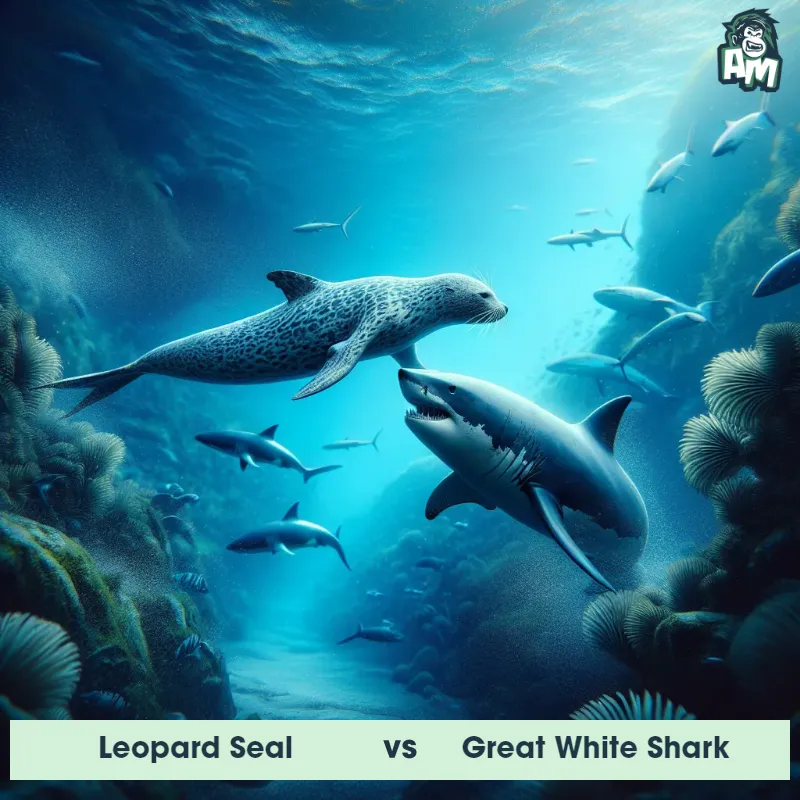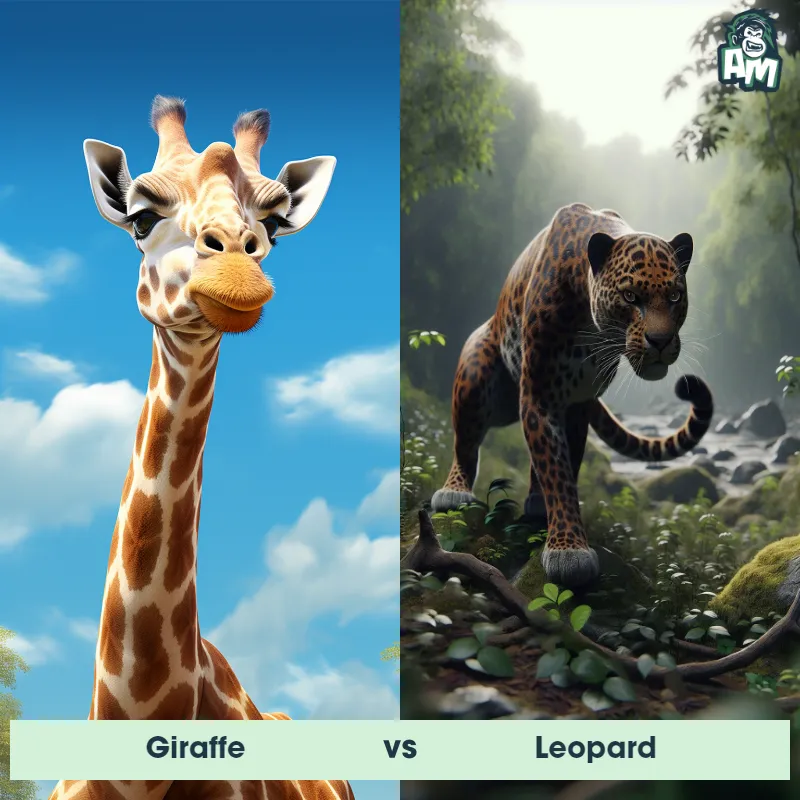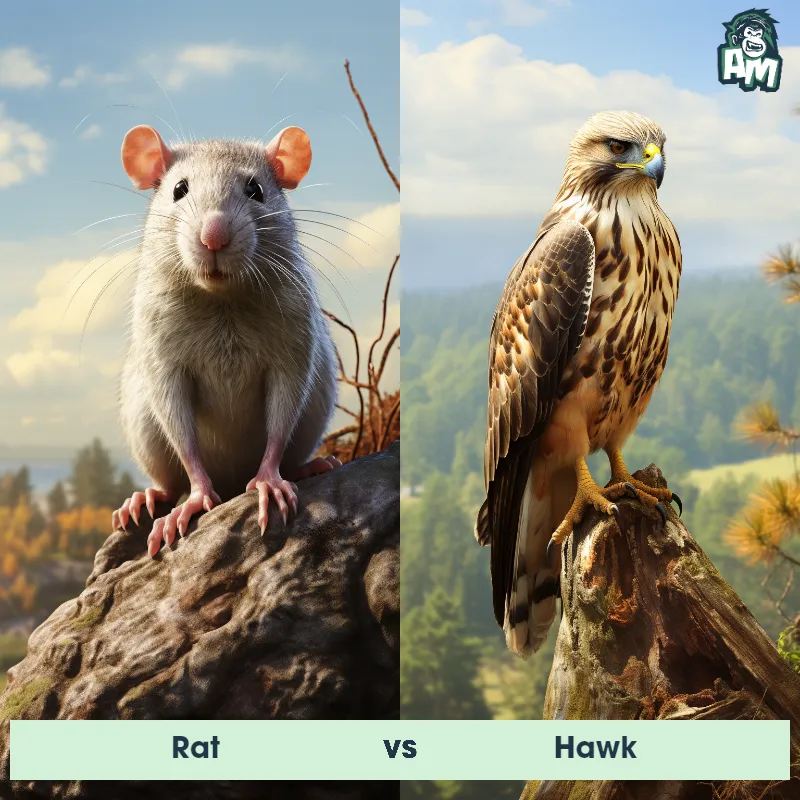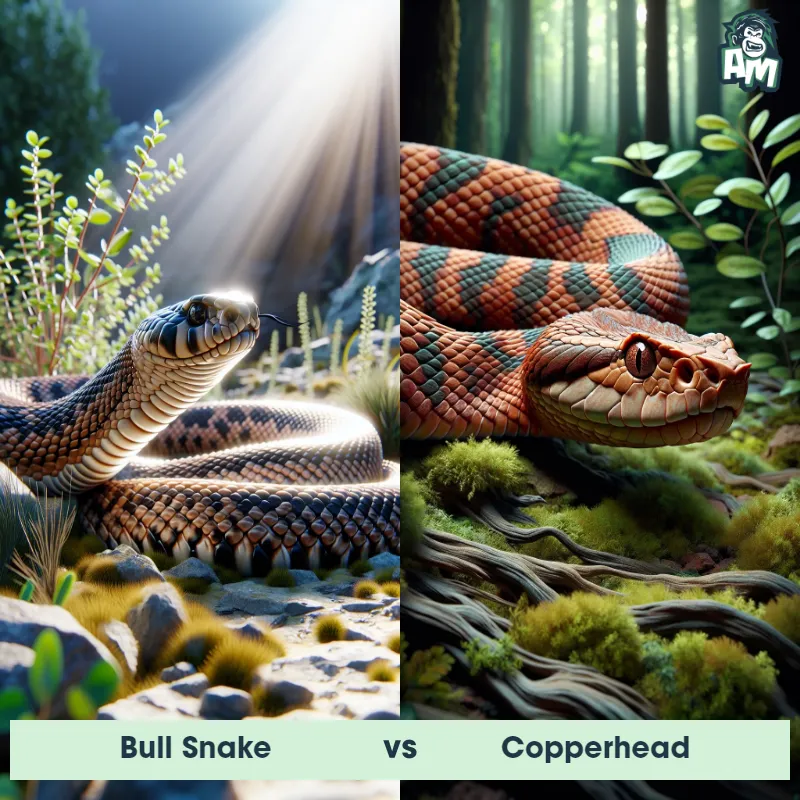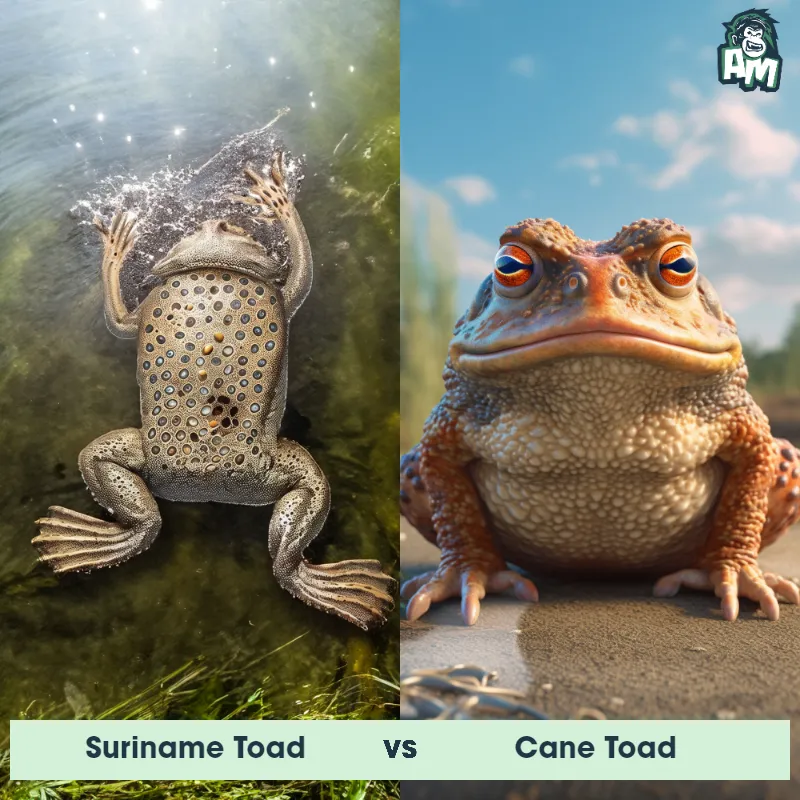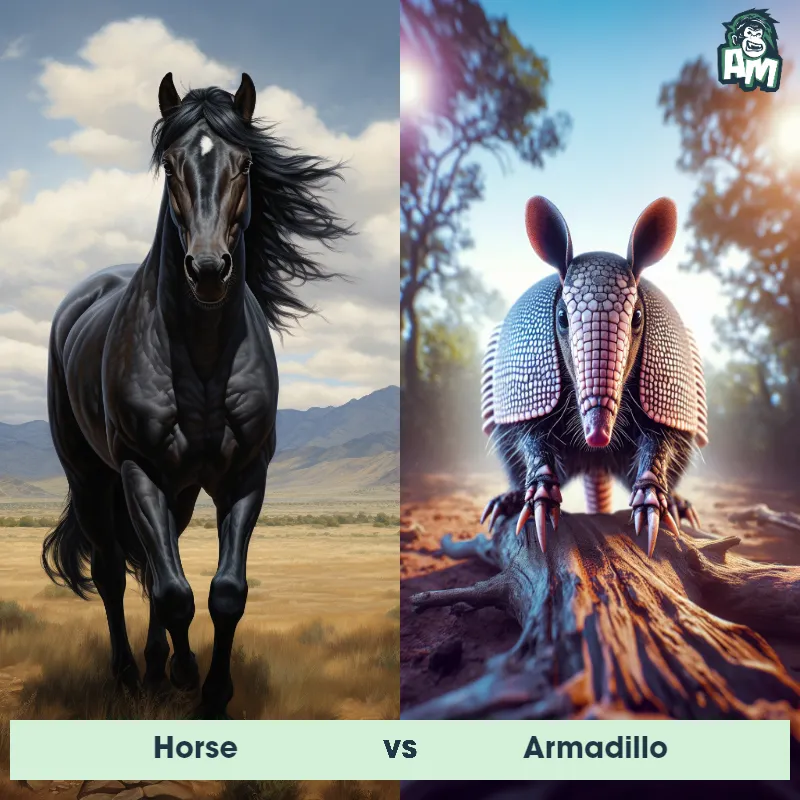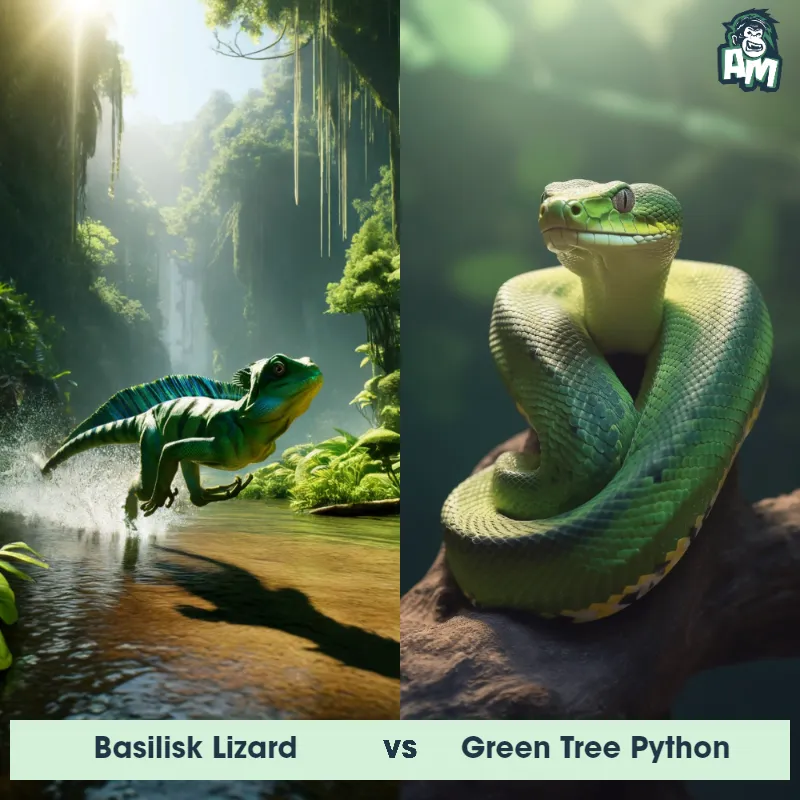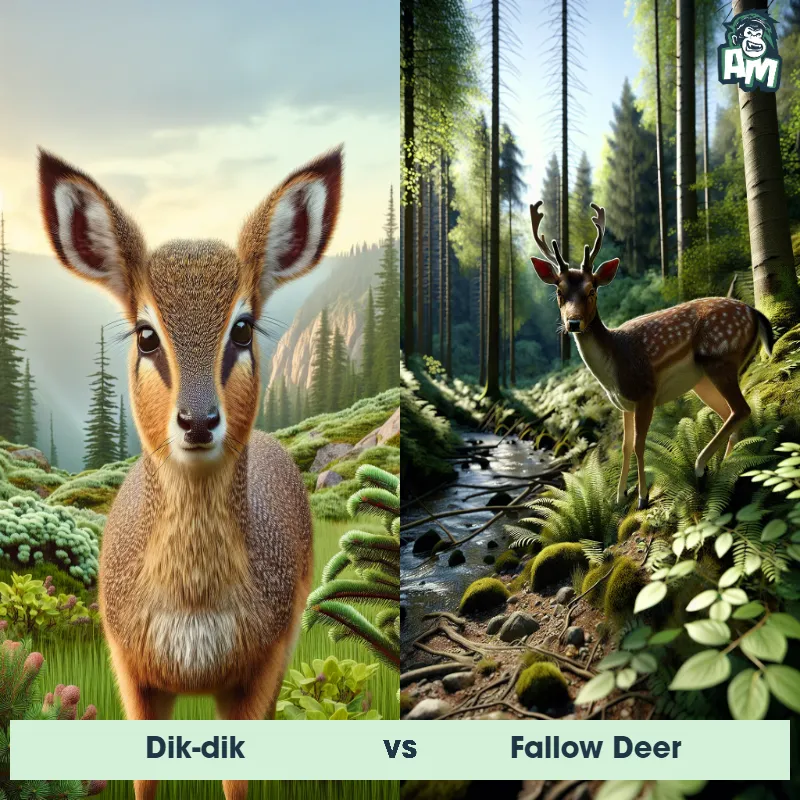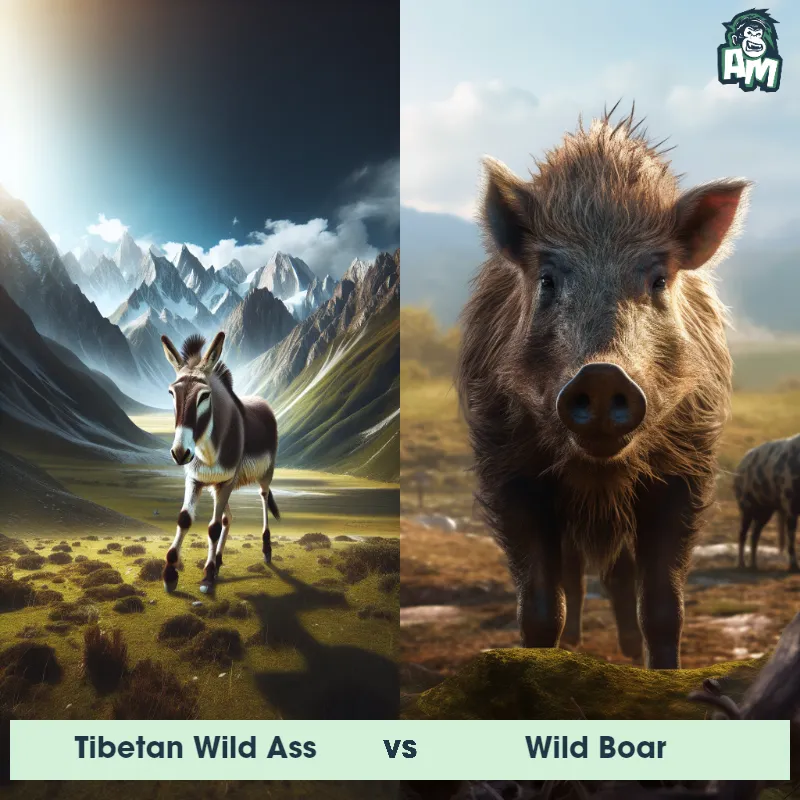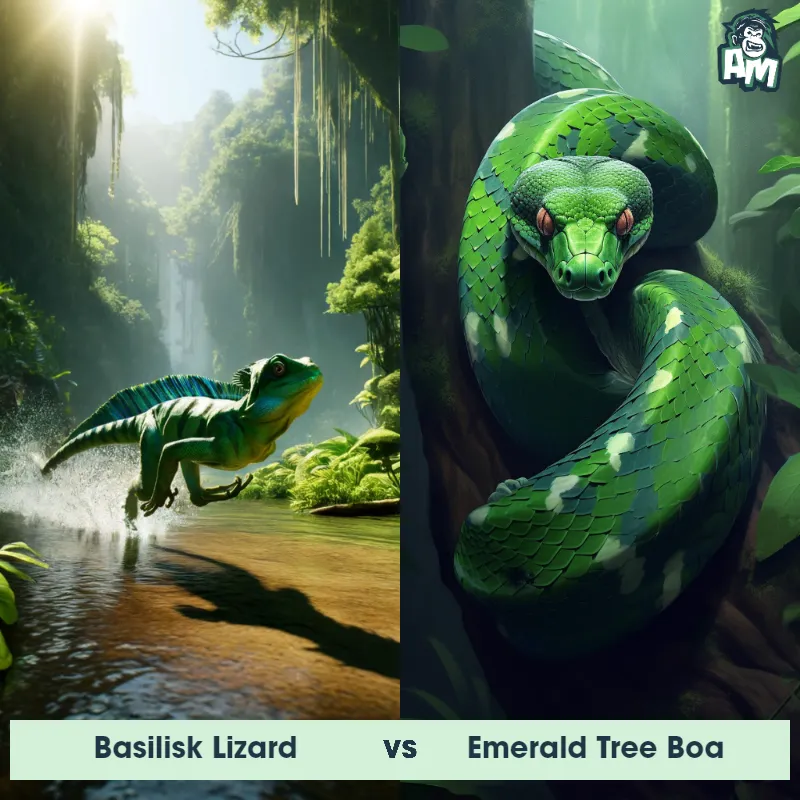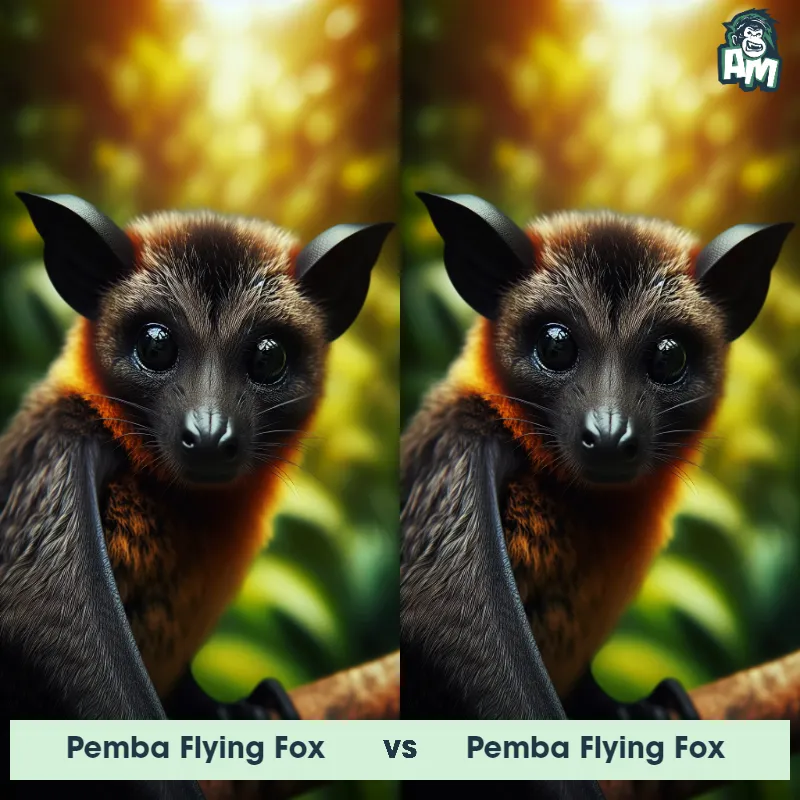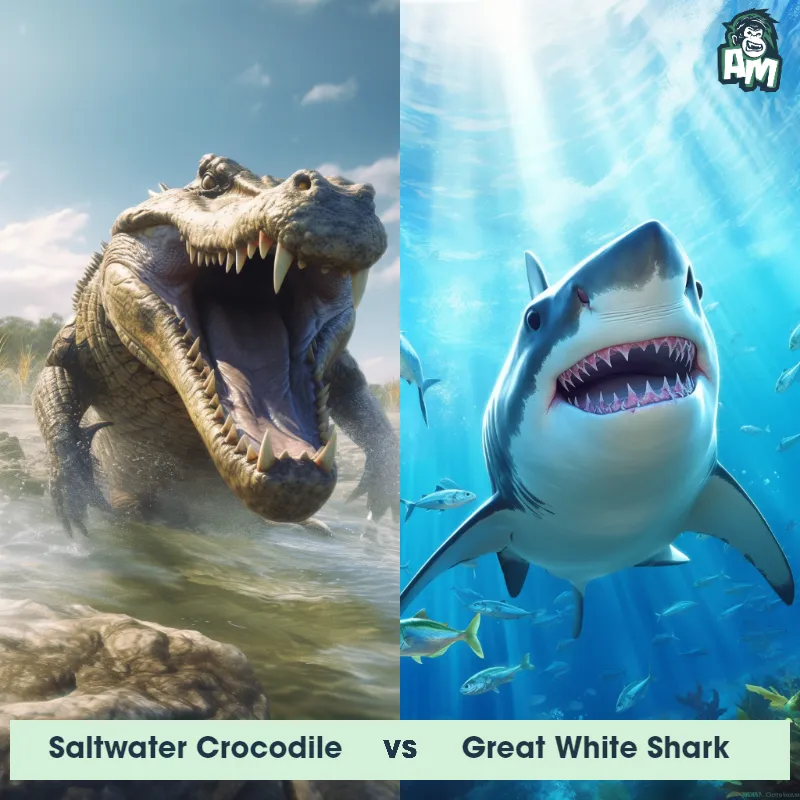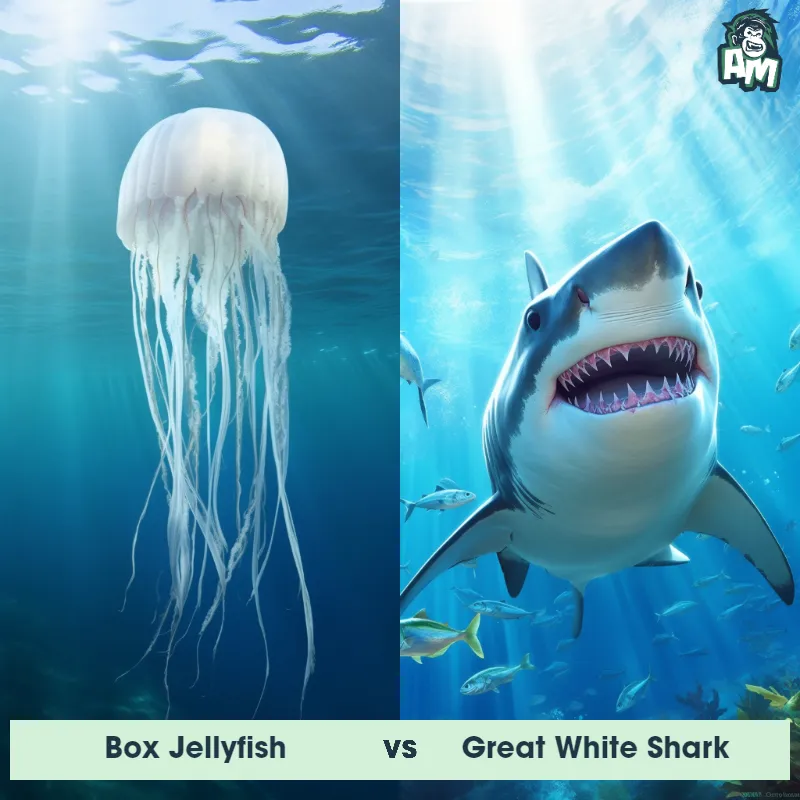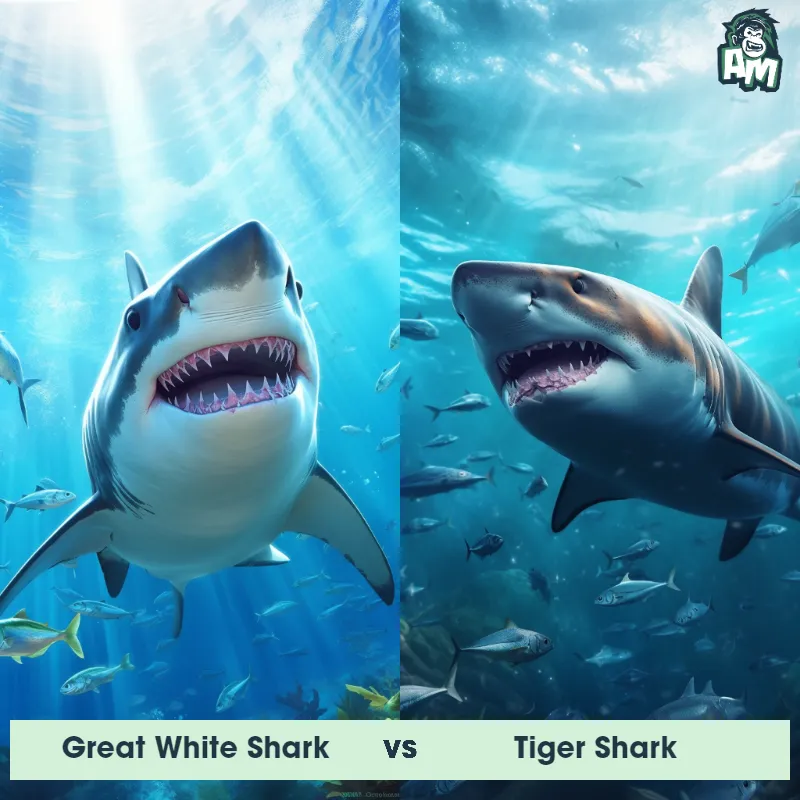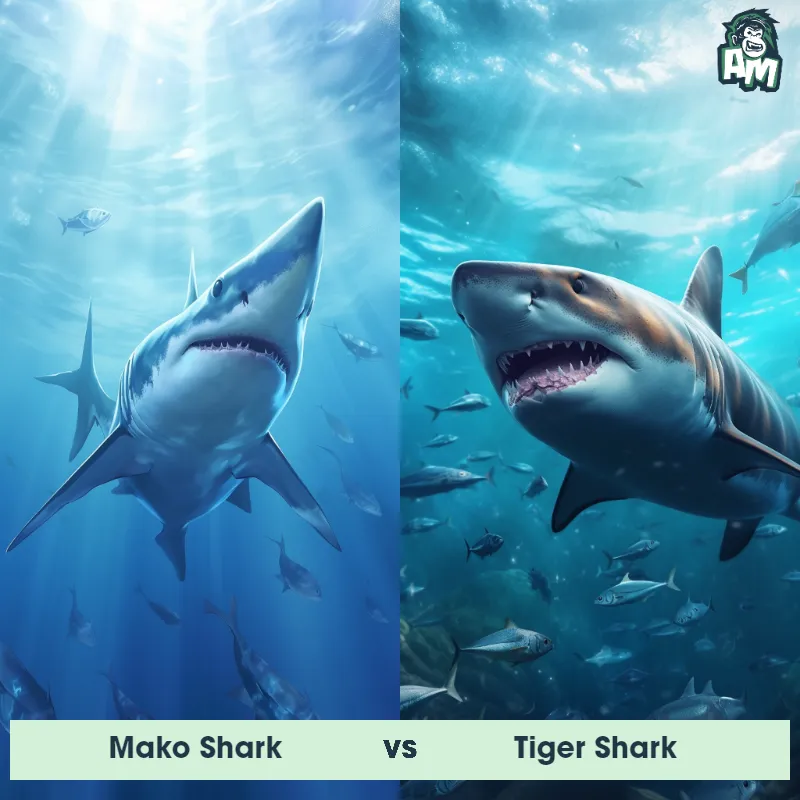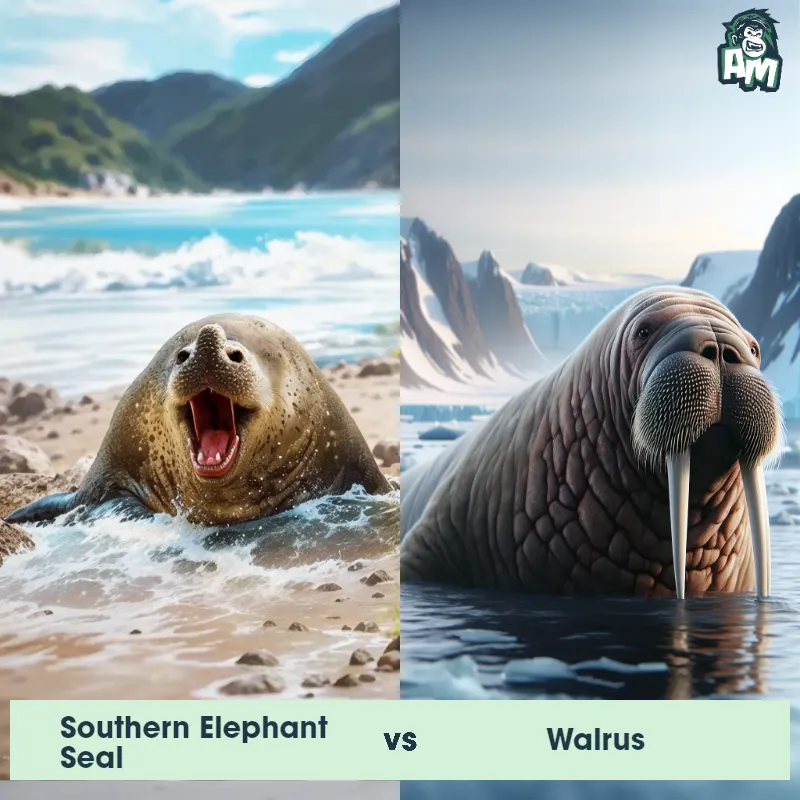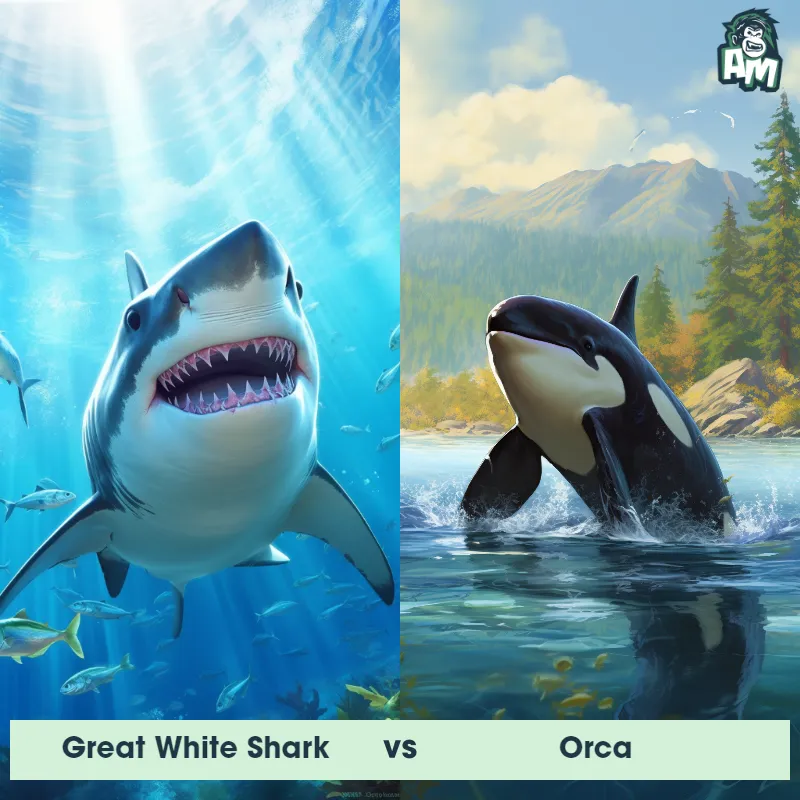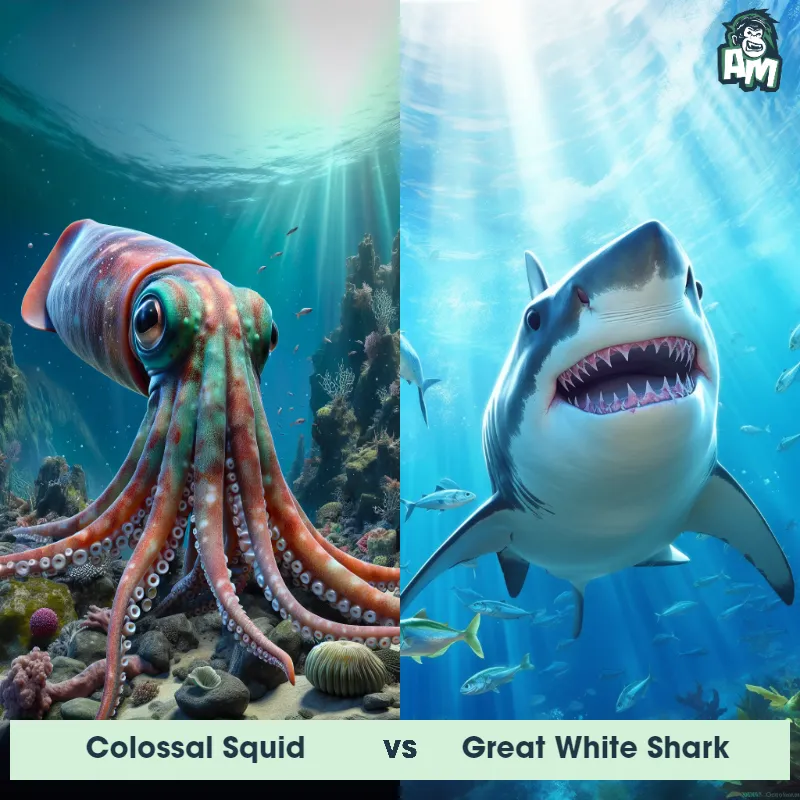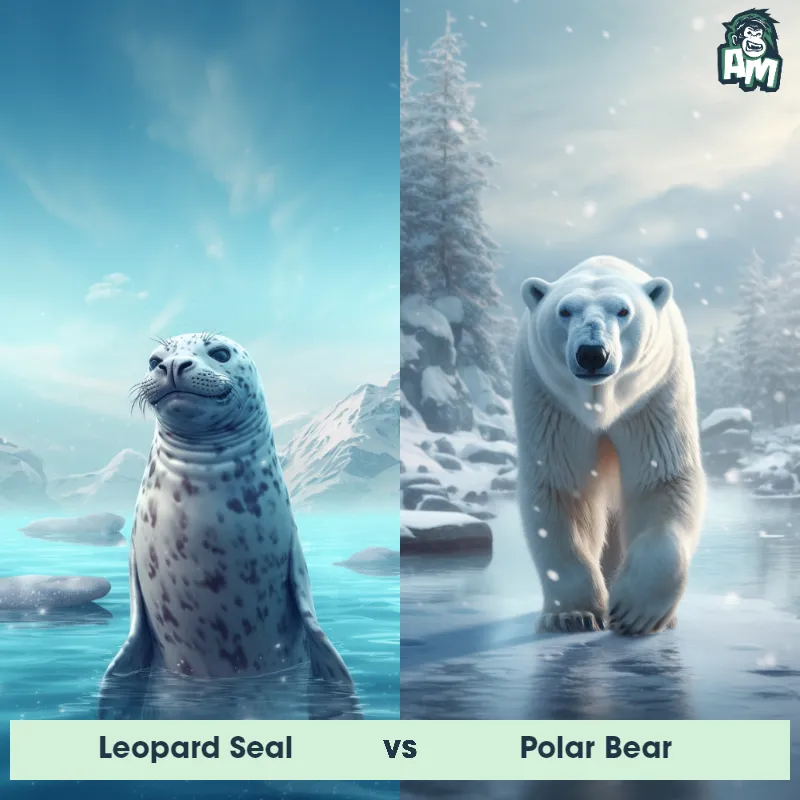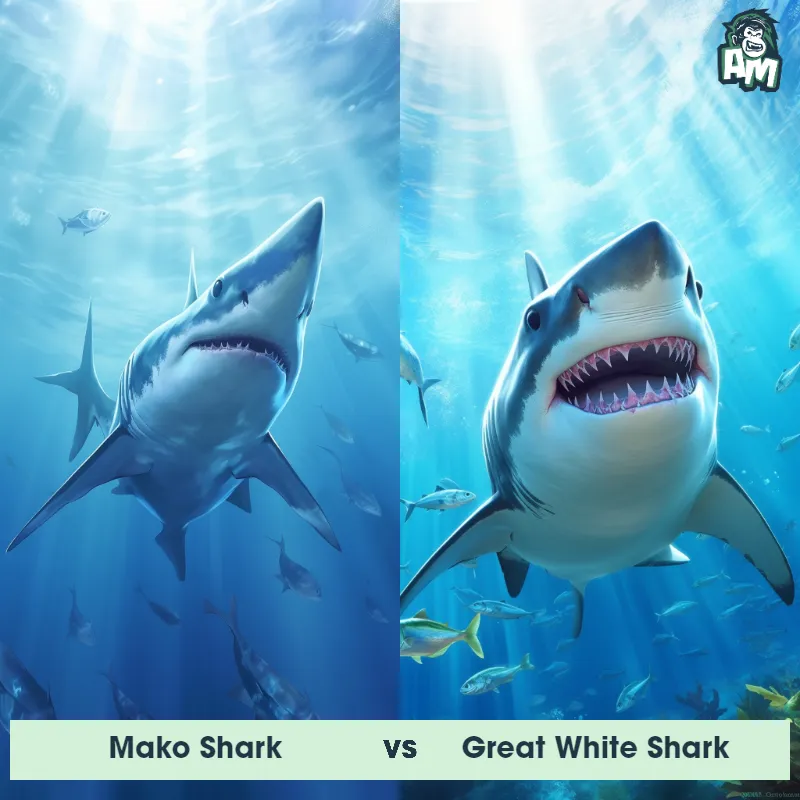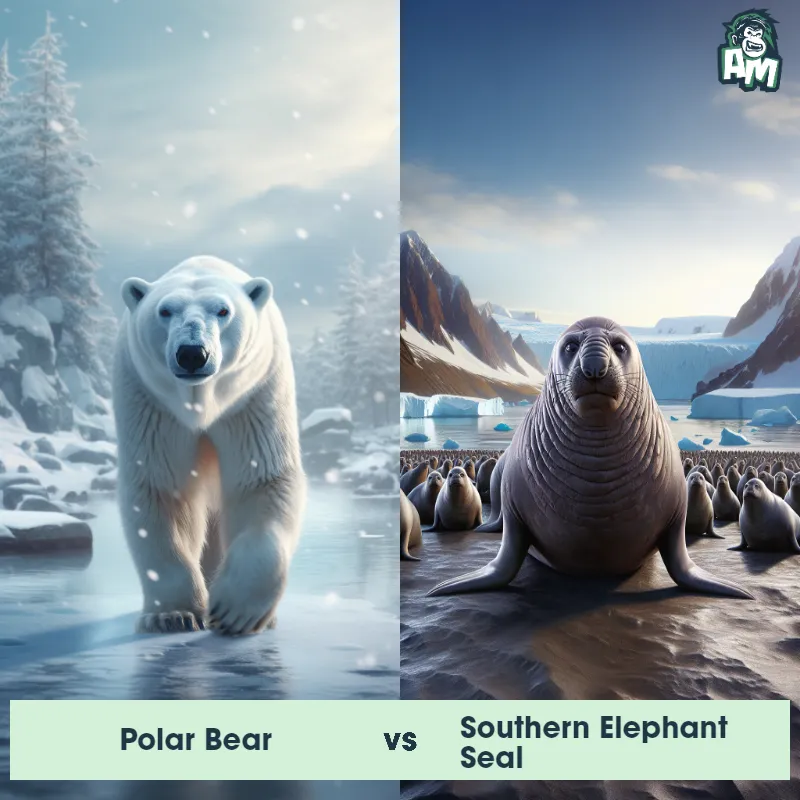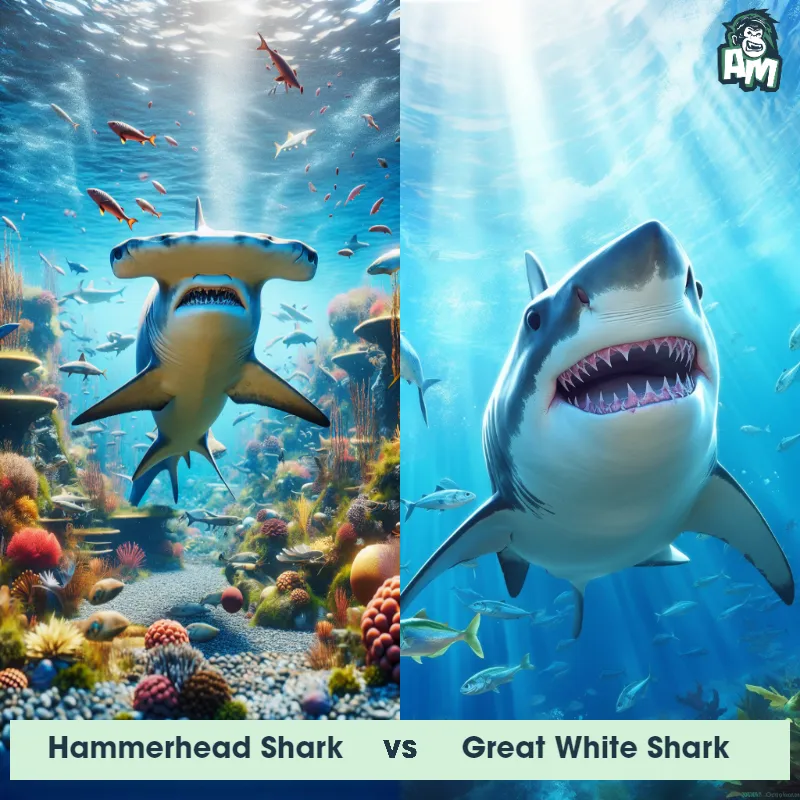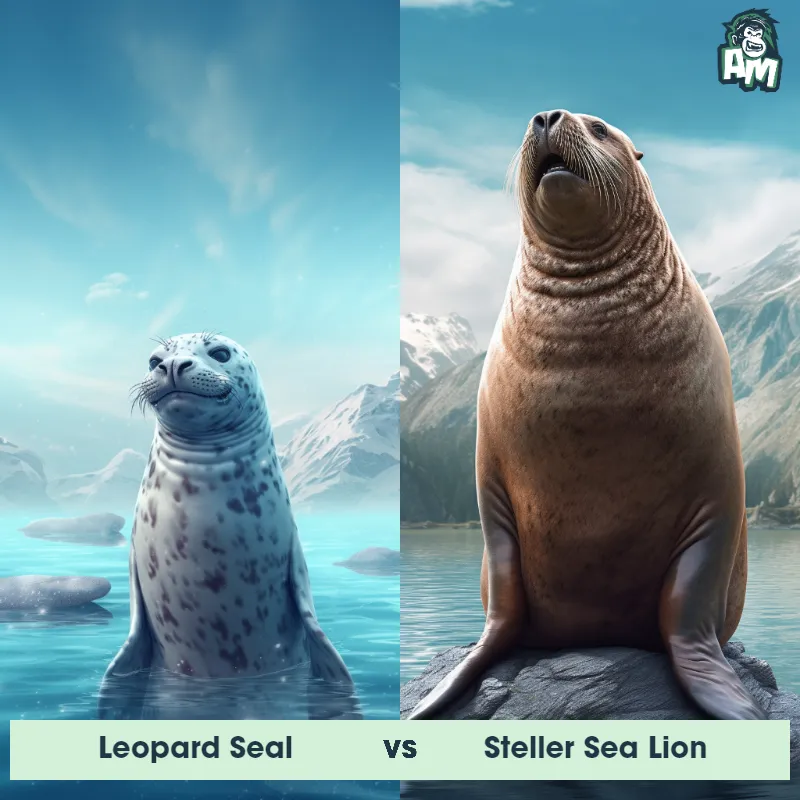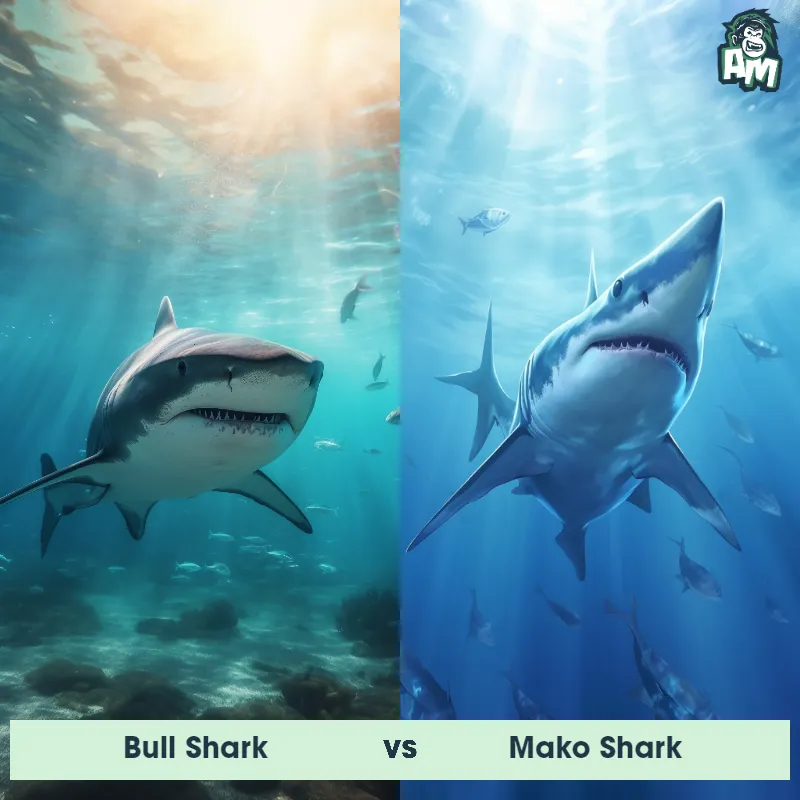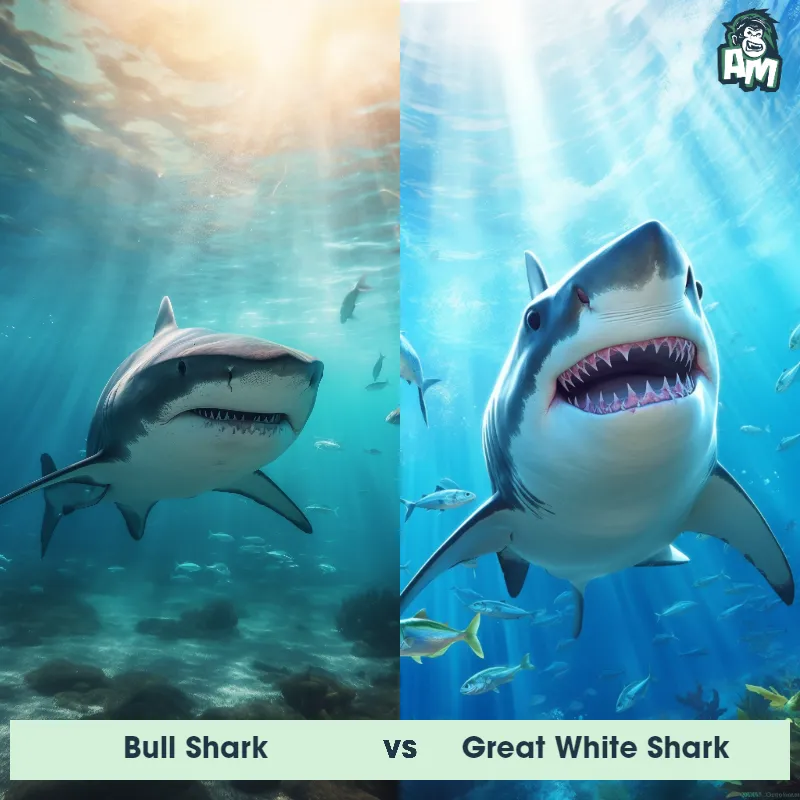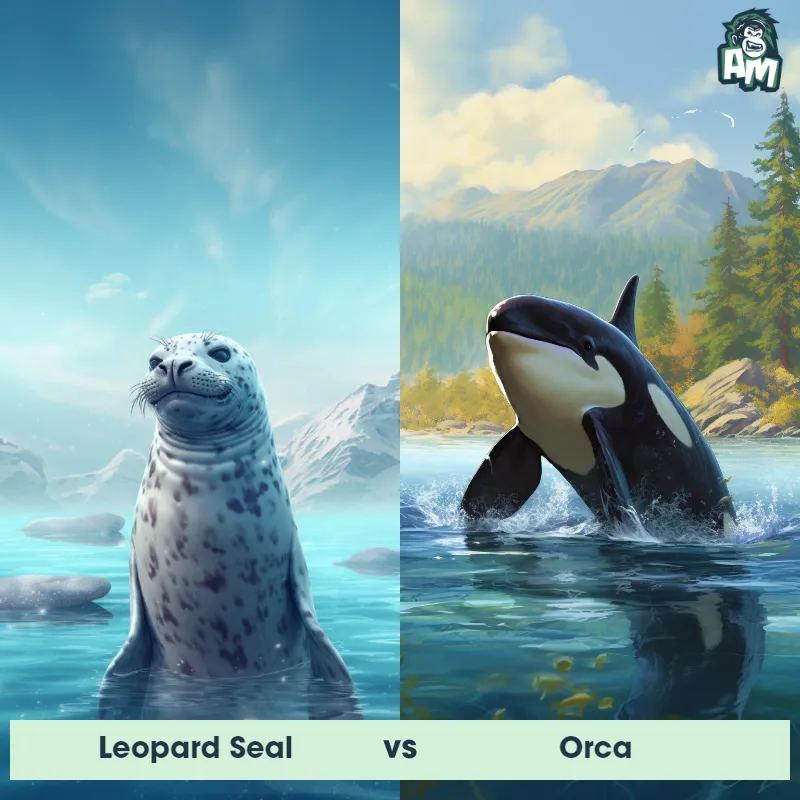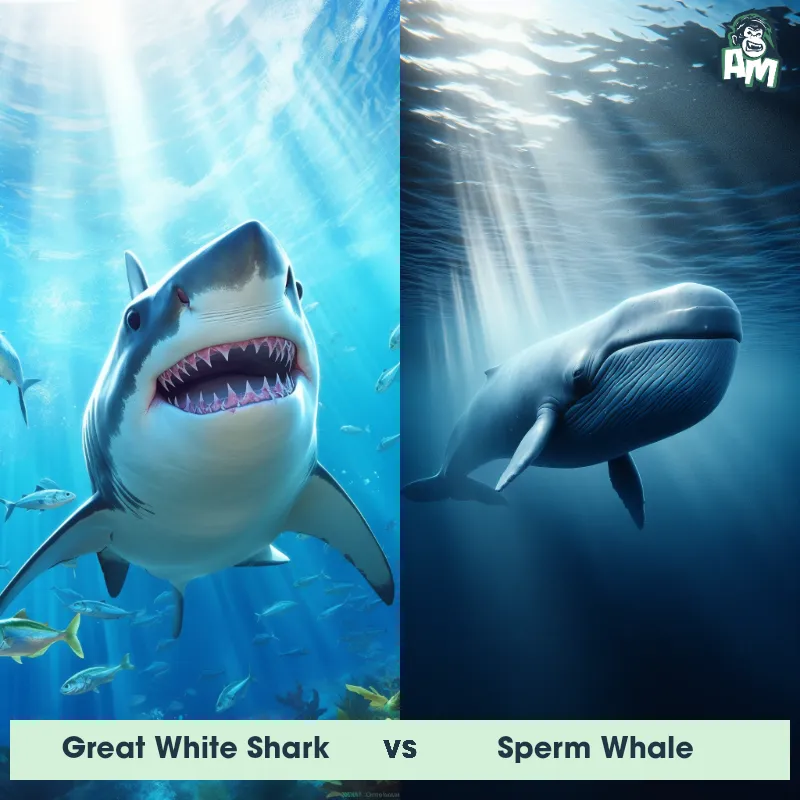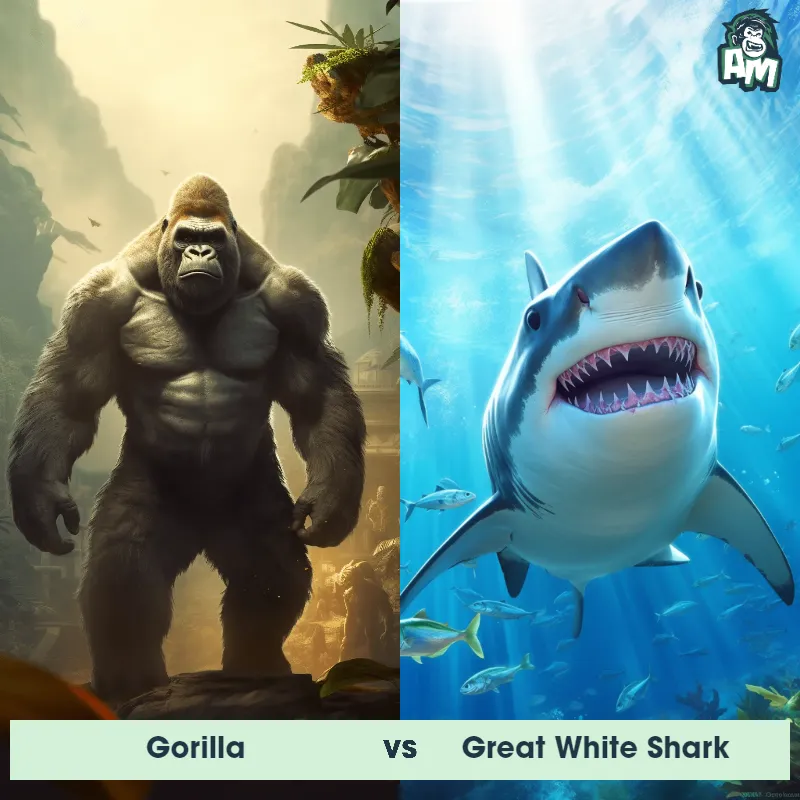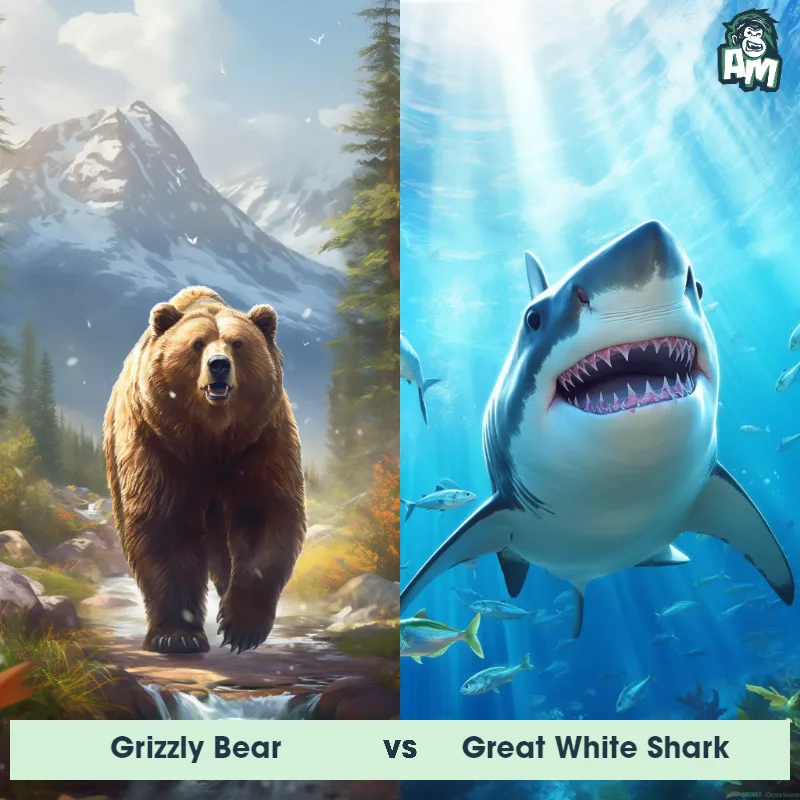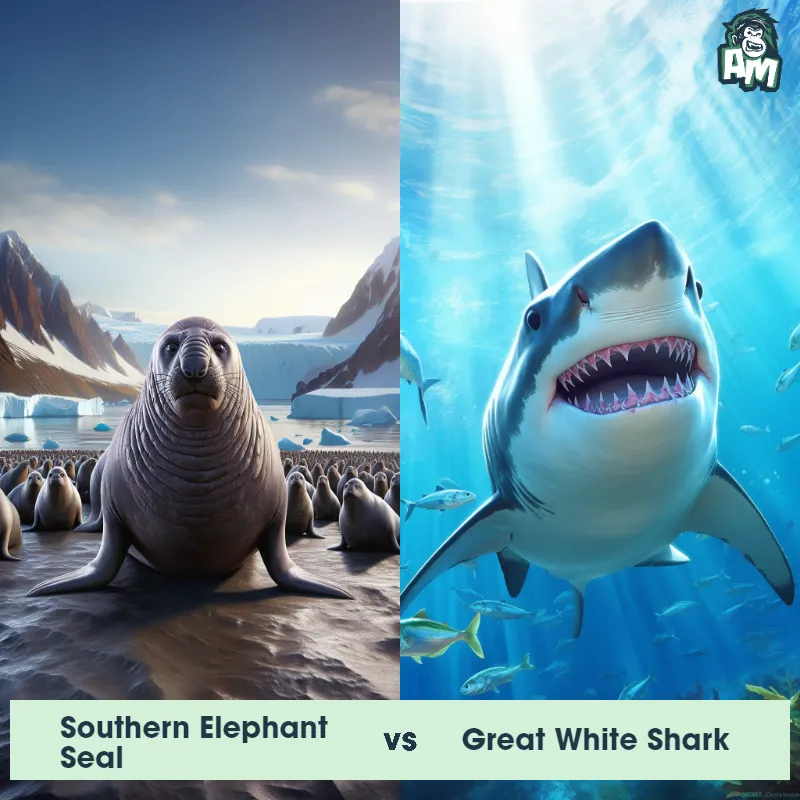Leopard Seal vs Great White SharkSee Who Wins
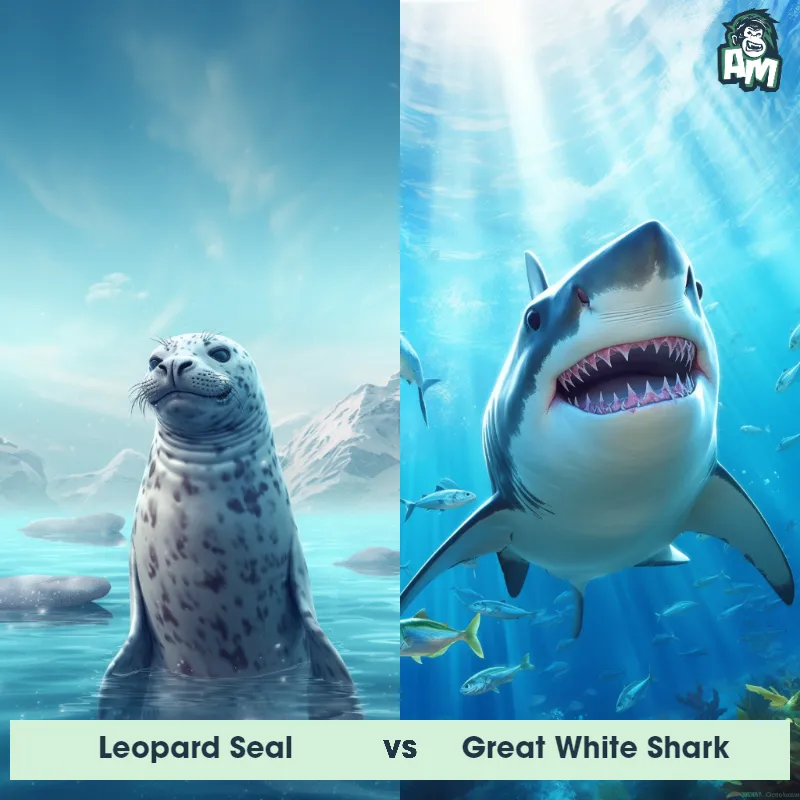
Welcome to a unique aquatic showdown of two top ocean predators! In one corner, we have the agile and skilled hunter of the Antarctic, the Leopard Seal. In the other corner, the undisputed apex predator of the oceans, the Great White Shark. It's a riveting face-off between agility and raw power!
Contender 1: Leopard Seal
The Leopard Seal, also known as Hydrurga leptonyx, is a large and powerful marine mammal that can be found in the frigid waters surrounding Antarctica. They are easily recognizable by their spotted coat, which is dark gray or black with lighter spots. Leopard Seals have a long, sleek body and a large head with powerful jaws filled with sharp teeth. They are known for their impressive hunting skills and are apex predators in their ecosystem, feeding on a variety of prey including fish, squid, and other seals.
Fun Fact: Leopard Seals are known for their unique vocalizations, which include grunts, growls, and eerie wails that can be heard underwater for long distances.
Contender 2: Great White Shark
The Great White Shark, also known as the white pointer or white death, is a large predatory fish that can grow up to 20 feet in length and weigh over 5,000 pounds. They have a distinctive torpedo-shaped body, grayish-brown skin, and rows of sharp teeth that can number up to 300. Great White Sharks are found in coastal waters all over the world and are known for their powerful jaws and ability to breach the surface of the water.
Fun Fact: Great White Sharks have a unique sense of smell that allows them to detect a single drop of blood in 25 gallons of water, which is equivalent to the size of an Olympic swimming pool.
Matchup Stats
| Leopard Seal | Great White Shark | |
|---|---|---|
| Size | Up to 11 feet (3.3 meters) in length | Up to 20 feet (6.1 meters) |
| Weight | Up to 1,300 pounds (590 kilograms) | Over 5,000 pounds (2,268 kilograms) |
| Speed | Speed: 25 mph (40 km/hr) | Speed: 25 mph (40 km/hr) |
| Key Strength | Powerful jaws and sharp teeth | Powerful jaws and sharp teeth |
| Biggest Weakness | None noted | Vulnerable gills and eyes |
Current Votes
Leopard Seal vs Great White Shark
See Who Wins
Match Highlights
View More Matches
Looking For More?
Similar Matches
Scientific Stats
| Leopard Seal | Great White Shark | |
|---|---|---|
| Scientific Name | Hydrurga leptonyx | Carcharodon carcharias |
| Family | Phocidae | Lamnidae |
| Habitat | Marine | Coastal waters |
| Geography | Antarctic waters | Worldwide |
| Diet | Fish, squid, and other seals | Carnivorous, primarily seals and sea lions |
| Lifespan | 12 years - 15 years | 70 years - 100 years |
Key Differences between Leopard Seal and Great White Shark
- Skin texture: Leopard Seals have a spotted, mottled skin texture, while Great White Sharks have a smooth, grayish skin texture.
- Habitat: Great White Sharks are primarily found in open ocean waters, while Leopard Seals are found in colder coastal waters and pack ice regions.
- Tail shape: Great White Sharks have a crescent-shaped tail, while Leopard Seals have a more rounded tail.
- Size: Great White Sharks are typically larger than Leopard Seals, with an average length of 15-20 feet compared to Leopard Seals' average length of 7-12 feet.
- Teeth: Great White Sharks have triangular, serrated teeth designed for tearing flesh, while Leopard Seals have sharp, pointed teeth designed for catching and holding onto prey.
- Hunting behavior: Great White Sharks are apex predators and hunt primarily by ambush, while Leopard Seals are opportunistic predators and hunt by chasing and catching prey.
- Body shape: Great White Sharks have a more streamlined body shape, while Leopard Seals have a more robust and muscular body shape.



